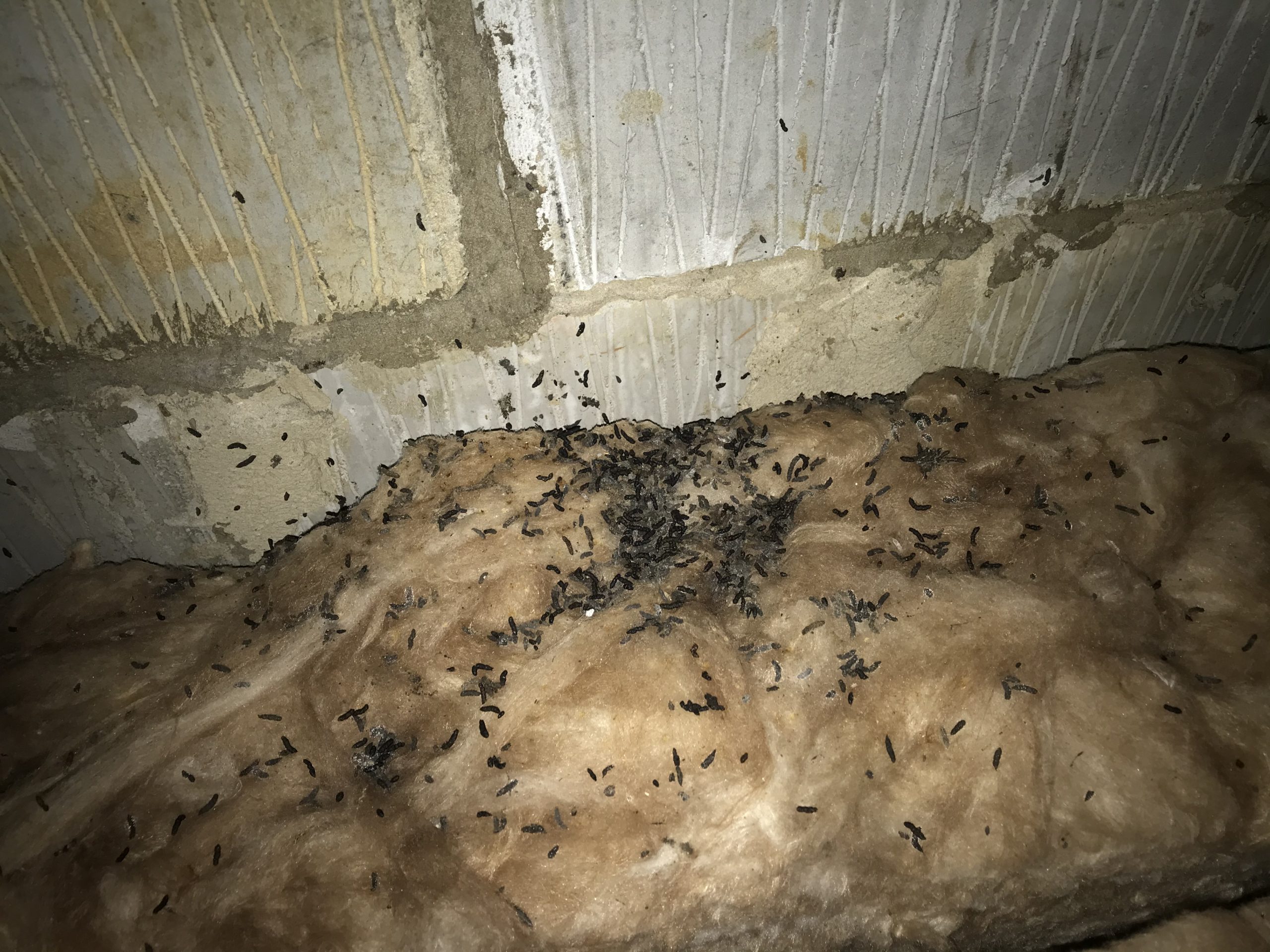One topic that isn’t mentioned much is bats and pest control. It is important before undertaking any pest control treatment that a thorough survey is undertaken, both in respect of the particular pest in question, and for potential bat activity in the property, as it is illegal to disturb a bat roost or cause harm to a bat.
The 16 species of British bats are all small harmless mammals which feed only on insects. Bats do not damage property and there is no known health risk associated with them in the UK.
Where do Bats Roost?
UK bats do not construct roosts but use structures that are already available. Some bats choose hollow trees, some like caves and some use both at different times. Many bats shelter in buildings, behind hanging tiles and boarding or in roof spaces, church towers and other areas.
Bats are not rodents, and do not nibble or gnaw wood, wires or insulation. They do not build nests, nor do they bring bedding material or insect prey into their roost. Bats are clean and sociable animals and spend many hours grooming themselves.
Why is it Important to Survey For Bats?
The Wildlife and Countryside Act 1981 provides protection for all species of bat found in the United Kingdom, and their roosts. Bat roosts are protected even if the bats are absent. Immediately a roost is identified, no work should be undertaken and advice should be sought from Natural England This can be done by contacting The National Bat Helpline on 0345 1300 228. Natural England will be able to will organise a free visit by a volunteer, and will then provide advice on how to proceed while causing minimal disturbance to bats.
Alternatively you could employ an Ecological Consultant yourself. The ecological consultant can carry out a survey and write a report to set out what may be permitted. A list of local consultants can be found in the ‘Professional Directory’ section. Enter “bats” as a keyword, and search by your geographic area.
Identification of Bat Roosts
The key identification feature is the presence of droppings. These are dark brown or black and vary between 4 and 8mm long. They look very similar to mouse droppings but with one identifying difference – bat droppings crumble into a fine powder when crushed. This is because they are made up of fragments of insects. Other signs include a characteristic odour and the presence of large numbers of moth wings ((discarded by feeding bats). A polished or clean surface near a place where light enters may also indicate usage by bats, as does a lack of cobwebs in the areas they regularly use.
Bats and Pest Control
Unfortunately, once bat activity has been identified, no pest control work can be undertaken in this or any other area that may affect the bats or the roost, at least until competent advice has been sought. We understand this might be frustrating, but as a professional company with a good reputation, iX5 Pest Control would not wish to put ourselves or our customers at risk of potential prosecution for disturbing a bat roost, or causing harm to bats.
If you know you have bats present in your property please mention this when you first contact us, as this will save us all time, and enable us to give you the best advice.
The Bat Conservation Trust have published two great booklets, which you may find useful:
The photos are examples of evidence of bat activity found during surveys of properties for rodent and insect activity.
If you need advice or assistance with any pest activity, or have concerns about bats, then please contact us here or call on 01604 328545 and we can provide advice.

